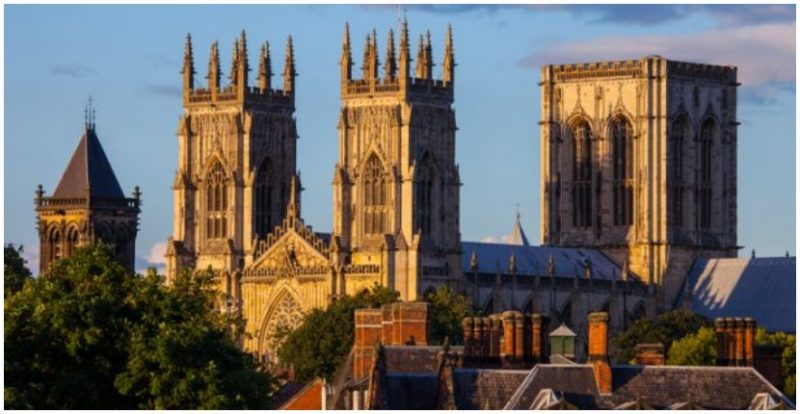On April 15, 2019, the Cathédrale Notre-Dame de Paris experienced a near catastrophic fire. The roof caught light (investigators are still determining the precise cause) and within a couple of hours the central steeple had fallen through the transept. More than two-thirds of the roof was destroyed in the end.
Amazingly, much of the cathedral remained largely undamaged, although extensive restoration work will be required throughout the historic building. President Emmanuel Macron has stated that Notre-Dame will be finished and reopened in a mere five years.
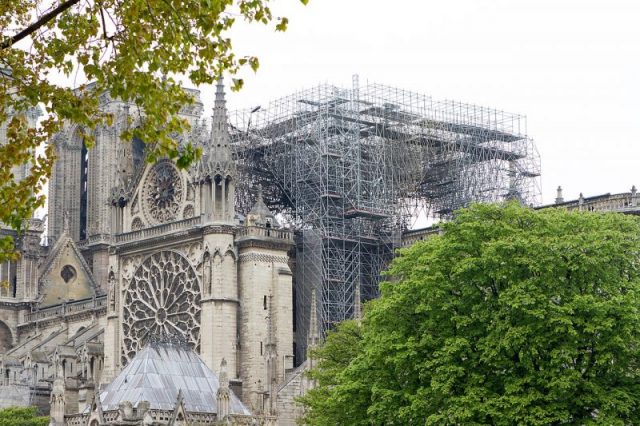
When looking at photos of the cathedral today, it might seem like five years is optimistic. However, other significant historic sites have also seen horrendous fire damage and been fully restored within a relatively short time.
Selby Abbey, England
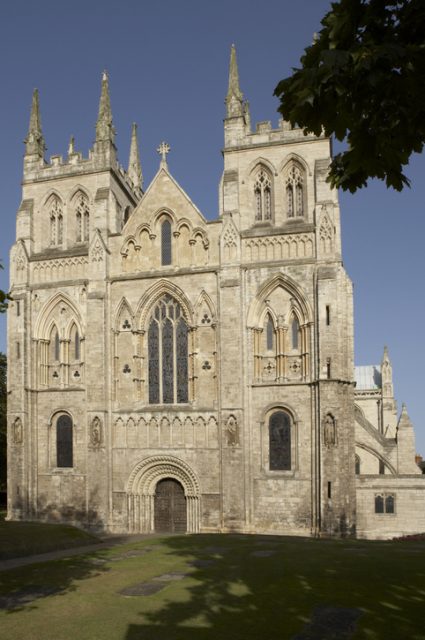
Selby Abbey is contemporary with Notre Dame, with construction starting in 1069 and being completed in 1539. The monastery was one of the wealthiest in the county of Yorkshire, and it is one of the few surviving abbey churches from the Middle Ages in England. While it has needed repairs and restoration since its construction (as have the vast majority of buildings of the same age), it was nearly destroyed by fire in 1906.
The church organist, Frederick Skyes, noticed flames coming from the organ chamber just after midnight on October 19,1906. Organ builders had been working on the church’s organ until very late the previous night, installing a new kinetic gas engine to provide power. It was initially reported that this new equipment was the cause of the fire, but this was later disproved.
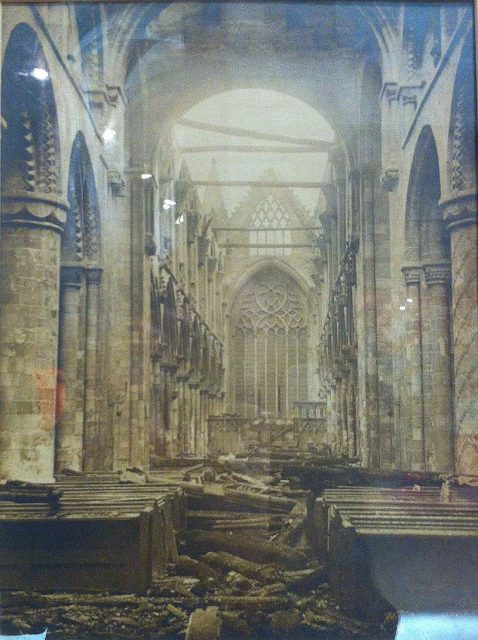
The resulting fire destroyed the choir roof as well as the belfry and all eight bells. It also consumed the church’s entire interior, but the stained glass East Window, which dates from the 14th century, was saved.
Architect John Oldrid Scott was hired to restore the church, at a cost of around £50,000 (equivalent to roughly £5,200,000 in 2018). The nave was reopened a year later, on October 19, 1907, and the choir exactly two years after that.
York Minster, England
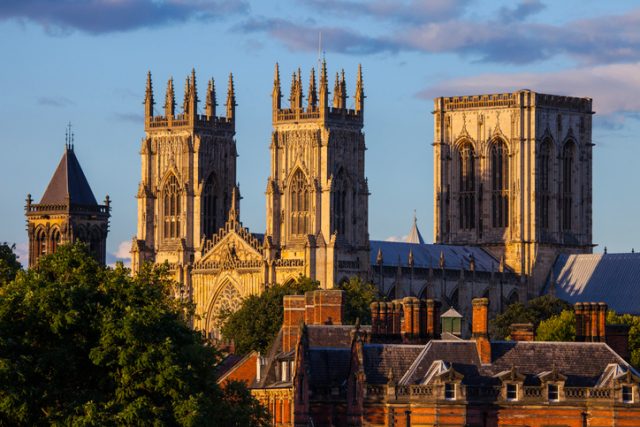
While its proper title is the Cathedral and Metropolitical Church of St. Peter in York, York Minster, as it is commonly known, is the seat of the Archbishop of York, and one of the largest churches of its kind in Northern England. It was founded well before Notre Dame, in 627, but the Gothic structure was not started until 1220. It was consecrated in 1472 upon completion.
Early in the morning on July 9, 1984, a fire broke out in the south transept. In order to save a large part of the church from total destruction, the decision was made by firefighters to collapse the roof of the south transept, using the water from the fire hoses.
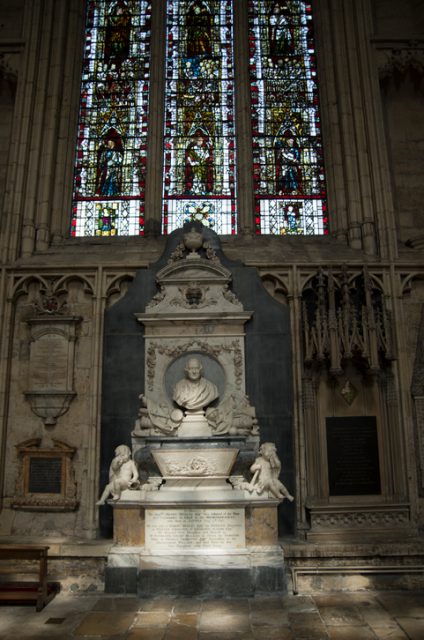
While the fire brigade was tackling the blaze, church officials tried to rescue as many historic objects from the building as they could. Astonishingly, the lead of the stained glass rose window of the south transept held together, although the heat shattered the glass. However, it was able to be restored and was back in place inside of only four years for a ceremony attended by Queen Elizabeth II.
The investigation after the fire determined that it was likely caused by lightning. The total restoration project was completed in 1988. It cost around £2.25 million and included new roof bosses, which were designed by children. To put it into perspective, the restoration of the Great East Window, which took place from 2007 to 2018, was estimated to cost a whopping £23 million.
Windsor Castle, England

One of several royal residences and the longest-occupied palace in Europe, Windsor Castle was originally founded in the 11th century by William the Conqueror. It has been renovated and added to over the centuries, and is now a thoroughly comfortable home that is regularly used by the British royal family. It is also the largest inhabited castle in the world, with around 500 people living and working there.
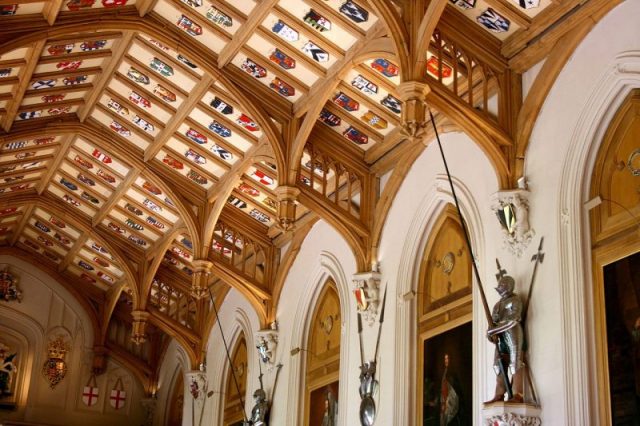
A fire decimated a significant portion of this residence on November 20, 1992, causing major damage to the Upper Ward as it raged for 15 hours. It is believed to have been started when a curtain near the altar of the Private Chapel was set alight by a spotlight. It quickly spread and subsequently destroyed nine staterooms, damaging more than 100 others.
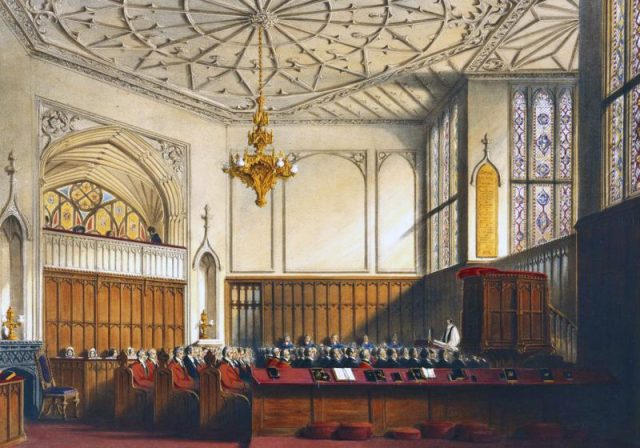
Just as with York Minster and Notre Dame, staff rushed in to save as many artworks as they could; fortunately several of the rooms nearest the fire were already empty as they were being restored. As is common with any fire, the damage caused by the water used to put it out was significant, resulting in a much more complex restoration. In order to cover the costs of fixing the castle, parts of Buckingham Palace were opened to the public. Repairs to the royal residence cost £37 million and were completed in 1997.
Related Video: Fantastic footage of Old Wardour Castle. Bbuilt in the 1390s and partially destroyed in 1643 and 1644 during the English Civil War.
Parliament Hill, Canada
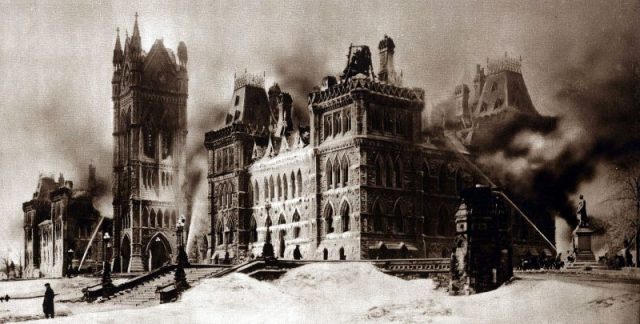
Parliament Hill stands on one of the highest points in the city of Ottawa, Canada, at the edge of the Ottawa River. The collection of buildings on the site are home to the Parliament of Canada and are built in the Gothic Revival style.
When Queen Victoria chose Ottawa as the capital of the Province of Canada in 1859, construction began on the historic buildings. However, in 1916, a huge fire destroyed the Centre Block. Adding to the already complicated nature of fighting fires, it was early February in Ottawa, and bitterly cold.
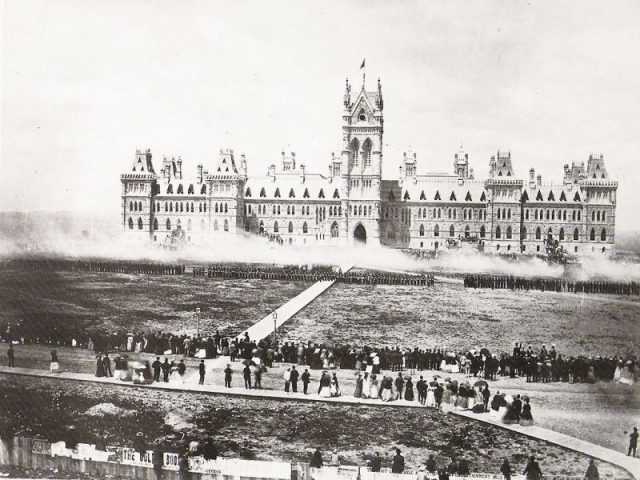
Only the original library survived, thanks to the efforts of the library clerk, Michael MacCormac, who shut the iron doors, preventing the fire from spreading to the collection.
The cornerstone for the new Centre Block was laid in September that same year, and completed in 1927. It included a new taller bell tower, which was dedicated as the Peace Tower in honour of those Canadians who had fought and died during the First World War.
